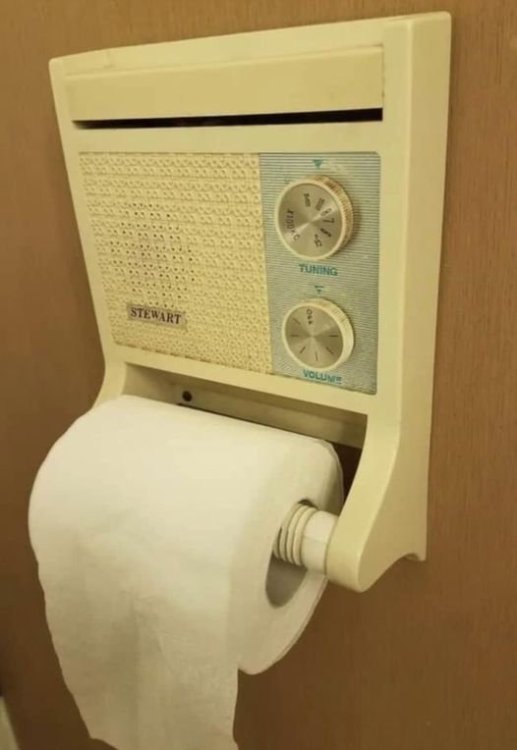-
Posts
10,999 -
Joined
-
Last visited
-
Days Won
87
Content Type
Profiles
Forums
Events
Everything posted by Buckshot Bear
-
-
-
-
-
Shhhhhhh
-
'Egg' as in Googey egg.
-
-
-
-
-
-
-
-
-
Robert Muldoon, long time ago Prime Minister of New Zealand, who said after being asked if he was concerned about the large numbers of New Zealanders migrating to Australia, replied “no, it had the effect of raising the average IQ of both countries.”
-
-
-
-
Geez....be bad to get that mixed up!
-
-
-
-
-
Touche
-




















